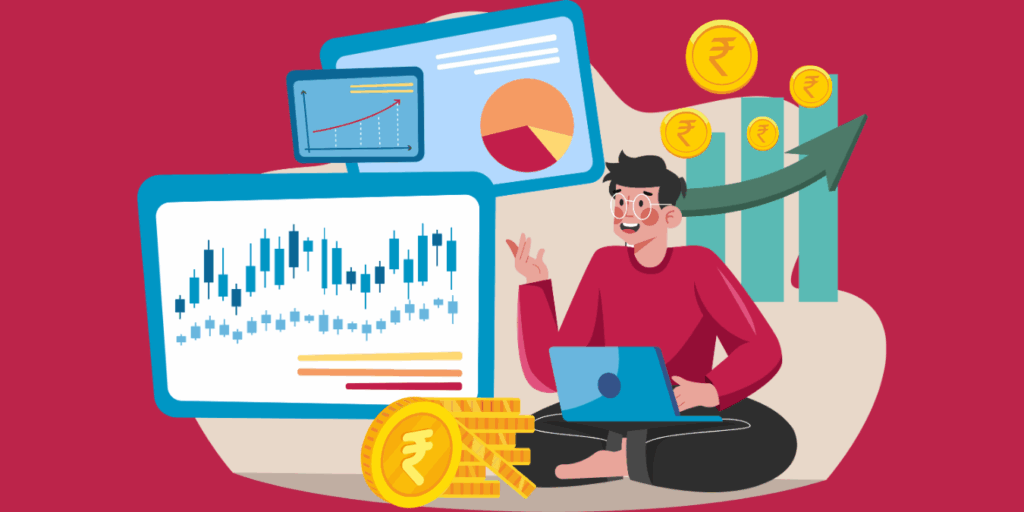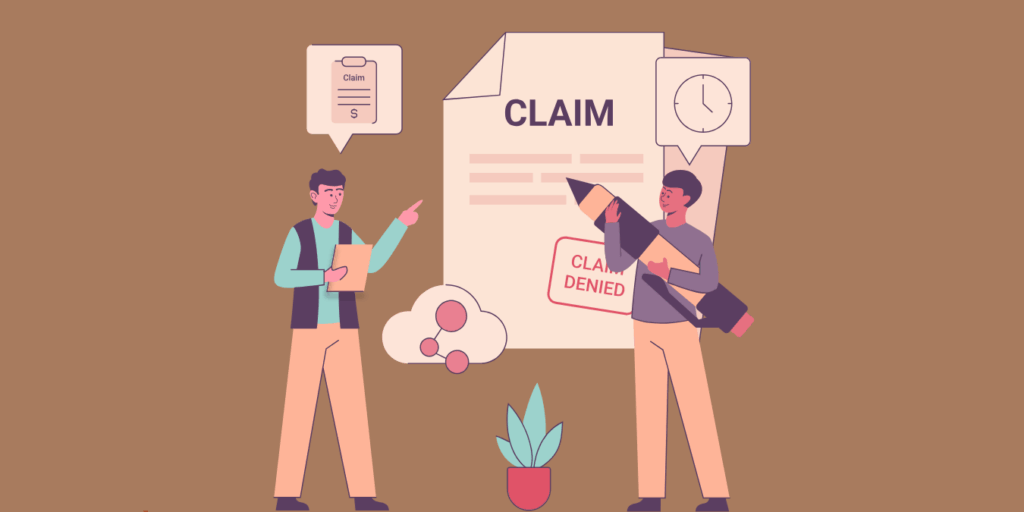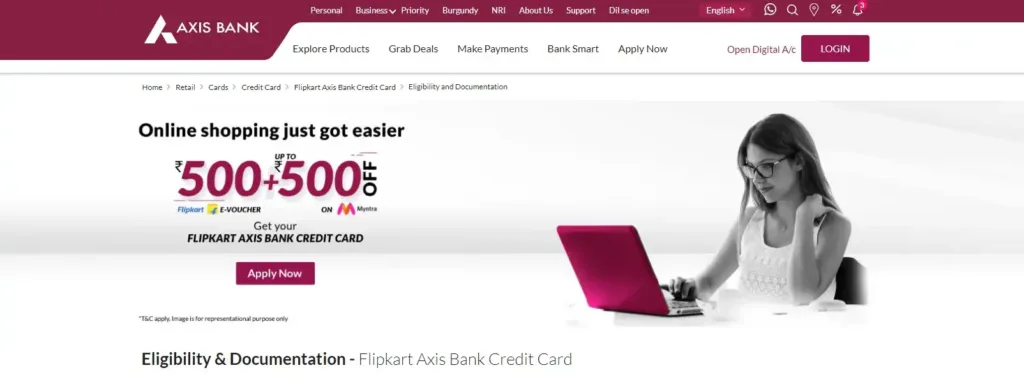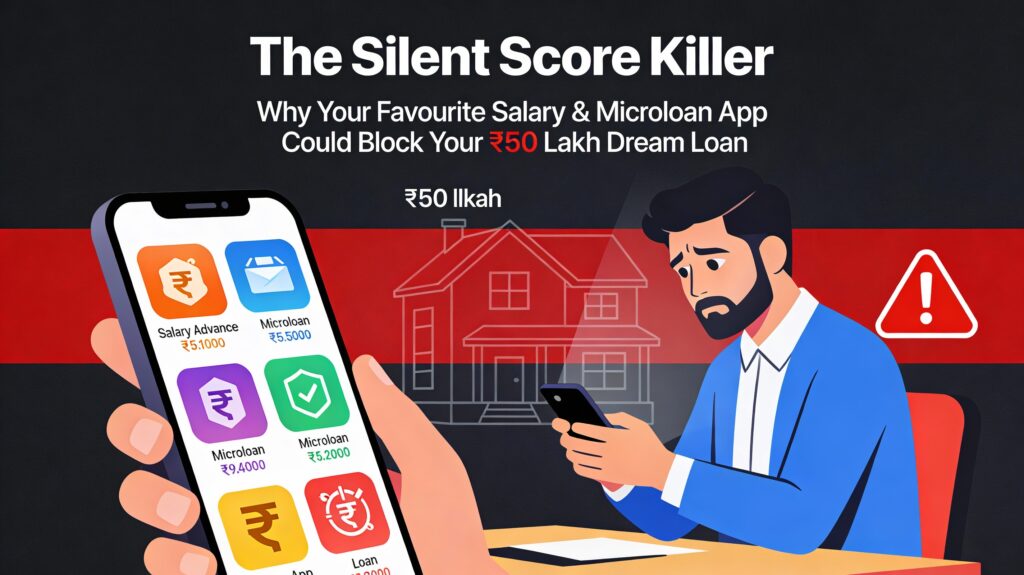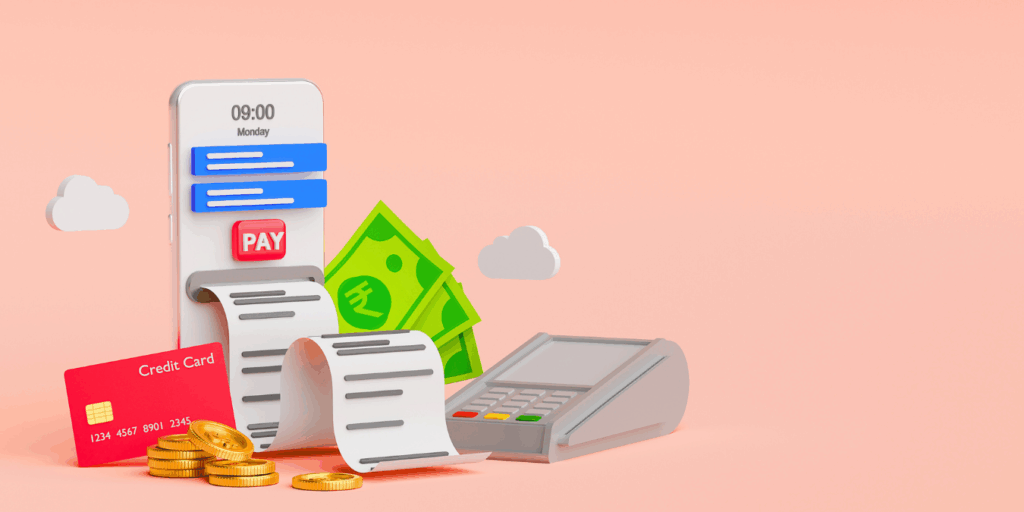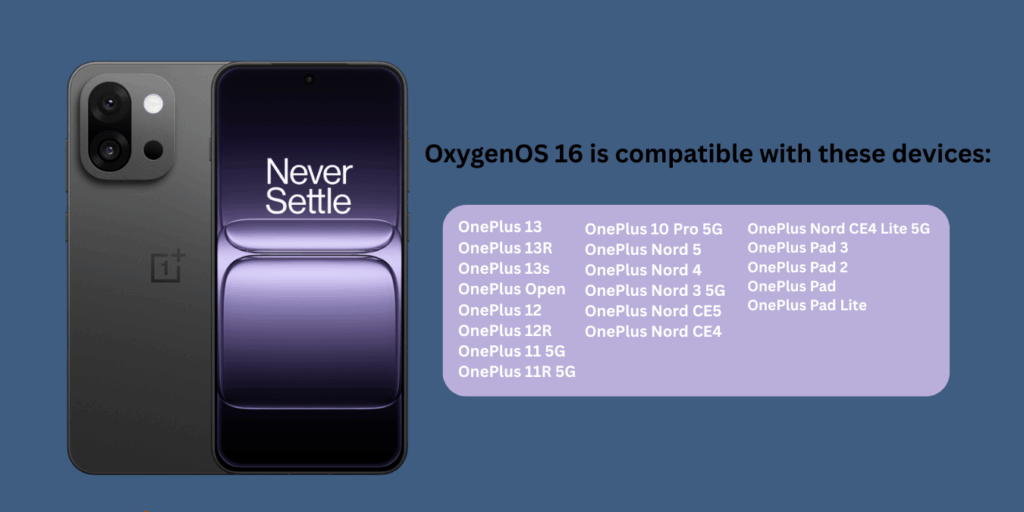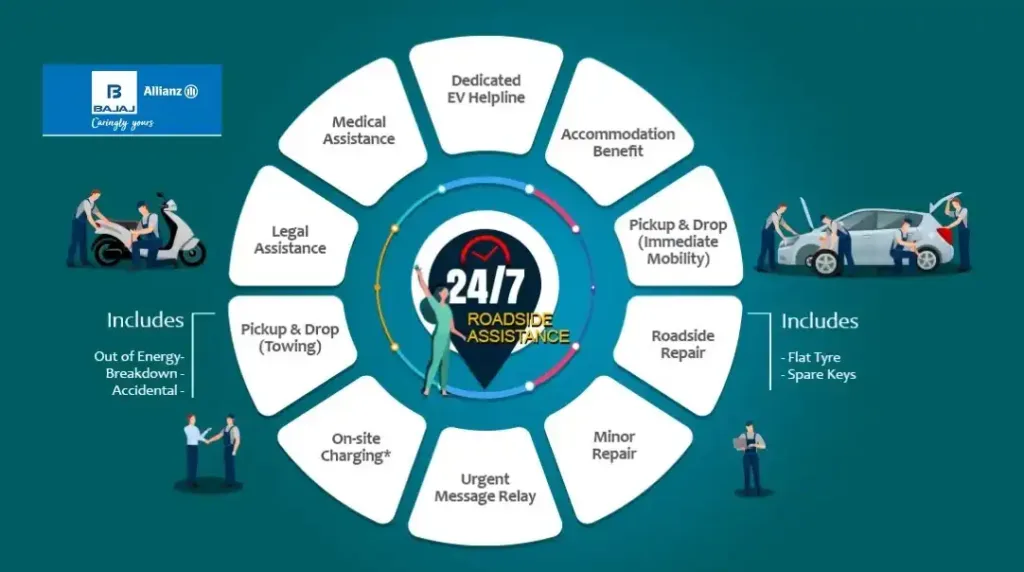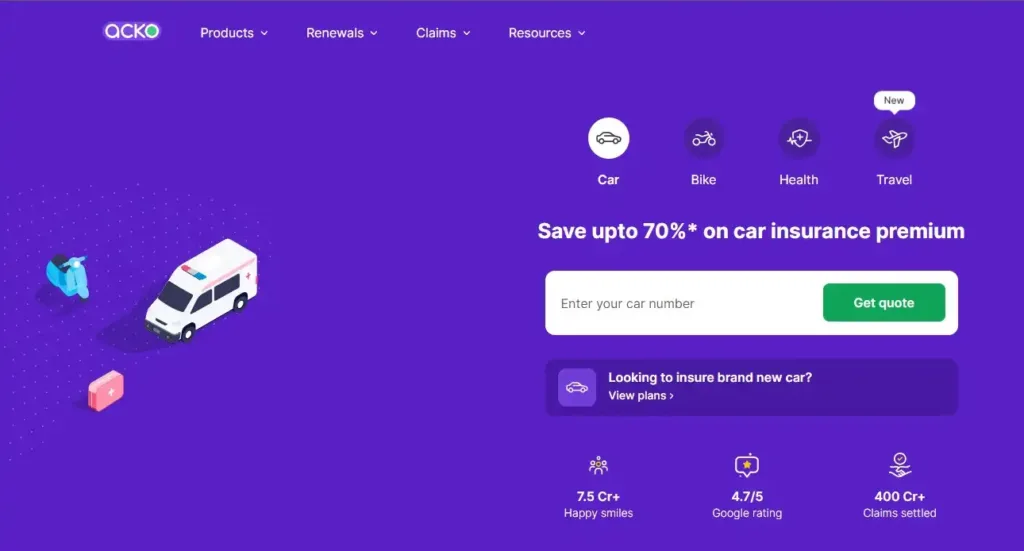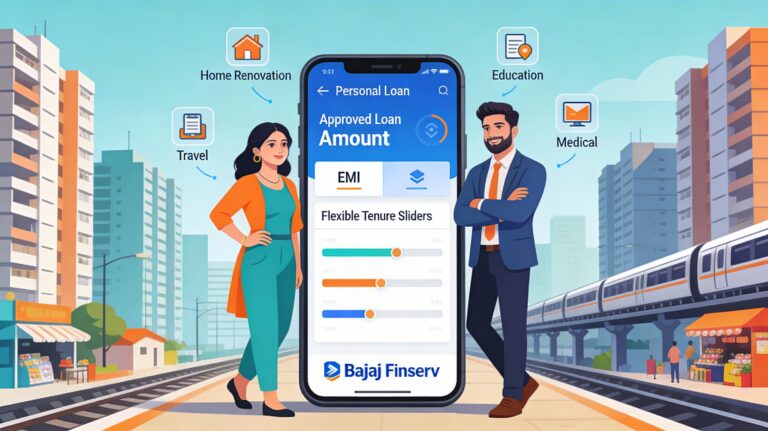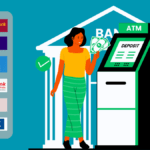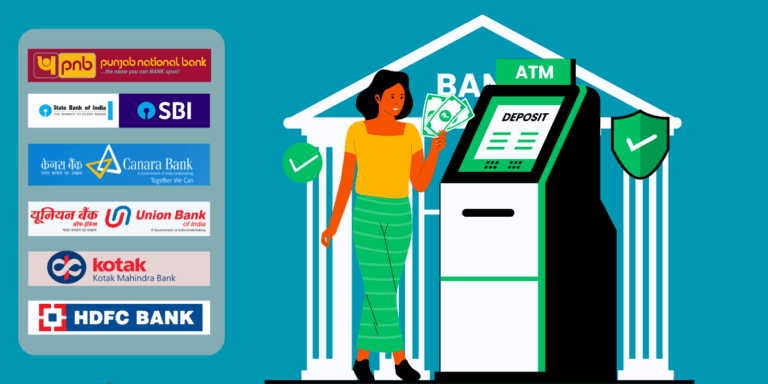
Facing bank harassment for missing a loan EMI? Learn how to handle liens on your savings account, stop aggressive tactics, and protect your rights in India. Discover actionable steps, legal options, and expert tips to resolve financial crises confidently in this comprehensive guide!
Imagine receiving relentless calls from your bank, threatening messages, or discovering that your savings account has been frozen with a lien—all because you missed a single loan EMI payment due to a financial crisis. If you’re facing this situation with a bank like HDFC, ICICI, SBI, or any other lender in India, you’re not alone. Missing an EMI can feel overwhelming, especially when banks impose harsh measures like account liens or aggressive recovery tactics. But don’t panic! This comprehensive guide will walk you through what to do if your bank is harassing you for missing a loan EMI payment, how to handle a lien on your savings account, and your legal rights as a borrower in India. Packed with actionable steps, the latest insights, and expert advice, this blog post will empower you to navigate this stressful situation with confidence.
Understanding the Issue: Why Banks React Strongly to Missed EMI Payments
Missing a loan EMI (Equated Monthly Instalment) payment, even by just a few days, can trigger a cascade of consequences. In India, banks and financial institutions rely on timely EMI repayments to ensure their financial operations run smoothly. When you miss a payment—whether for a personal loan, home loan, or credit card bill—the bank may view you as a risky borrower. According to the Reserve Bank of India (RBI), a loan account is classified as a Non-Performing Asset (NPA) if payments remain unpaid for 90 days or more. This classification prompts banks to take stringent actions, such as imposing liens or engaging recovery agents, to recover their dues.
A lien on your savings account means the bank has temporarily frozen a portion or all of your funds to secure repayment of the overdue amount. For instance, if you missed a loan EMI of ₹20,000, the bank might place a lien on that amount in your account, making it inaccessible until the dues are cleared. This can be particularly distressing if you’re already in a financial crisis, as it restricts your access to funds needed for daily expenses.
But why do banks resort to harassment? While banks are entitled to recover their money, some employ aggressive tactics, such as incessant calls, threatening messages, or even sending recovery agents to your doorstep. These actions can feel overwhelming and, in some cases, violate RBI guidelines on fair debt collection practices. Let’s explore what you can do to address this situation effectively.
Step 1: Stay Calm and Assess the Situation
The first step is to stay calm and avoid reacting impulsively. Missing an EMI due to a financial crisis, such as a job loss, medical emergency, or temporary cash flow issues, is not uncommon. The key is to understand the specifics of your situation:
- Check Your Loan Agreement: Review the terms and conditions of your loan to understand the lender’s policy on missed payments, grace periods, late fees, and lien imposition. Most banks, including HDFC, provide a grace period of 5–15 days before escalating the issue.
- Verify the Lien: Log in to your banking app or visit your branch to confirm the lien amount and reason. For example, HDFC Bank may place a lien for unpaid EMIs, credit card dues, or minimum balance breaches.
- Document Communication: Keep records of all interactions with the bank, including calls, emails, and messages. Note the date, time, and content of any harassing communication, as this can be useful if you need to file a complaint.
Step 2: Communicate Proactively with Your Bank
One of the most effective ways to stop harassment and resolve the issue is to communicate openly with your lender. Banks are often willing to work with borrowers who show a genuine intent to repay. Here’s how to approach this:
- Contact Your Bank Immediately: Reach out to your bank’s customer service or loan officer and explain your financial crisis. Be honest about the reasons for missing the EMI, such as being in a poor network zone or facing a job loss. For instance, if you’re dealing with HDFC Bank, you can call their customer care at 1860-267-6161 or visit a branch.
- Request EMI Restructuring: Ask if the bank can extend your loan tenure to reduce the monthly EMI or offer a temporary moratorium. During the COVID-19 pandemic, over 50% of retail borrowers in India opted for moratoriums, proving that banks can be flexible during crises.
- Negotiate Lien Removal: If a lien has been placed on your savings account, request the bank to lift it after you clear the overdue EMI or agree on a repayment plan. Provide proof of payment or a written commitment to settle the dues.
Pro Tip: Use HDFC’s PayZapp app or similar digital platforms to make EMI payments instantly and avoid further delays.
Step 3: Know Your Legal Rights as a Borrower
In India, borrowers are protected by several regulations that prevent banks from engaging in unfair practices. The RBI’s Guidelines on Fair Practices Code (2003) and the SARFAESI Act (2002) outline your rights:
- Right to Notice: Before taking actions like imposing a lien or initiating recovery proceedings, the bank must issue a written default notice, typically 60 days before legal action. This notice should detail the overdue amount and consequences.
- Protection Against Harassment: Banks and their recovery agents are prohibited from using intimidation, abusive language, or contacting you at odd hours (before 7 AM or after 9 PM). If you’re facing harassment, you can file a complaint with the bank’s grievance redressal officer.
- Right to Be Heard: If you believe the lien or default notice is unjust (e.g., due to a technical error or unauthorized transaction), you can contest it. The bank must respond within 15–30 days.
If the harassment persists, escalate the matter to the RBI’s Banking Ombudsman or file a complaint through the Consumer Affairs website (consumerhelpline.gov.in). You can also seek legal advice from a financial counselor or lawyer specializing in banking disputes.
Step 4: Address the Lien on Your Savings Account
A lien on your savings account can feel like a financial trap, but there are steps to resolve it:
- Identify the Reason: Contact your bank to understand why the lien was imposed. Common reasons include missed EMIs, unpaid credit card bills, or tax dues.
- Clear the Overdue Amount: Pay the missed EMI, including any late fees (typically 1%–2% of the EMI amount) or penal interest (e.g., 2% above the regular rate for HDFC loans). Once cleared, the bank should lift the lien.
- Visit the Branch: If the lien persists due to a technical error, visit your bank branch with proof of payment and request immediate rectification. For HDFC Bank, you can also email grievance redressal officers listed on their website.
- Negotiate a Payment Plan: If you can’t pay the full amount immediately, propose a part-payment plan or request a loan restructuring to make EMIs more affordable.
Step 5: Mitigate the Impact on Your Credit Score
Missing an EMI can lower your CIBIL score by 50–70 points, making it harder to secure future loans. Here’s how to minimize the damage:
- Pay Promptly: Clear the overdue EMI within the grace period to avoid reporting to credit bureaus.
- Monitor Your Credit Report: Check your CIBIL report for free on platforms like Fibe or Airtel Finance to ensure the missed payment is accurately reported.
- Rebuild Your Credit: Make timely payments on other debts and avoid further defaults. A “settled” loan status (if you negotiate a settlement) stays on your credit report for seven years, so explore restructuring before settling.
Step 6: Prevent Future Missed EMIs
To avoid similar issues in the future, adopt these proactive measures:
- Set Up Auto-Debit: Link your savings account to auto-debit EMI payments to ensure timely deductions.
- Build an Emergency Fund: Save 3–6 months’ worth of EMIs to cover unexpected financial crises.
- Use EMI Calculators: Before taking a loan, use online EMI calculators (available on HDFC, Axis, or SBI websites) to choose a tenure and EMI that fits your budget.
- Consider Loan Insurance: Some banks offer insurance to cover EMIs for up to three months in case of job loss or health issues.
Step 7: Seek Professional Help If Needed
If the harassment or financial strain becomes overwhelming, consider these options:
- Financial Counselor: Consult a certified financial advisor to create a budget and repayment plan.
- Debt Consolidation: Combine multiple loans into a single loan with a lower interest rate to reduce your monthly burden.
- Legal Action: If the bank’s actions violate RBI guidelines, file a case with the Banking Ombudsman or seek legal recourse through a consumer court.
Real-Life Example: Navigating a Financial Crisis
Consider the case of Priya, a 35-year-old IT professional in Mumbai, who missed two EMIs on her HDFC personal loan due to a medical emergency. The bank placed a lien on her savings account and sent recovery agents to her home. Priya contacted HDFC’s customer service, explained her situation, and requested a three-month moratorium. She provided medical bills as proof, and the bank agreed to restructure her loan, reducing her EMI by extending the tenure. By setting up auto-debit and clearing one overdue EMI, she had the lien lifted within a week. Priya’s proactive approach prevented further harassment and protected her credit score.
Take Control of Your Financial Future
Missing a loan EMI payment due to a financial crisis can be daunting, but it’s not the end of the road. By communicating with your bank, understanding your rights, and taking proactive steps, you can stop harassment, remove liens, and get back on track. Whether you’re dealing with HDFC Bank or another lender, transparency and timely action are key. Use this guide to navigate the situation confidently, and don’t hesitate to seek professional help if needed.
For more information on managing loans or checking your credit score, visit the RBI’s official website or platforms like CIBIL and Fibe. If you’re facing harassment, don’t stay silent—act now to protect your financial well-being!
Disclaimer: This article is for informational purposes only and does not constitute legal or financial advice. Consult a professional for personalized guidance.



